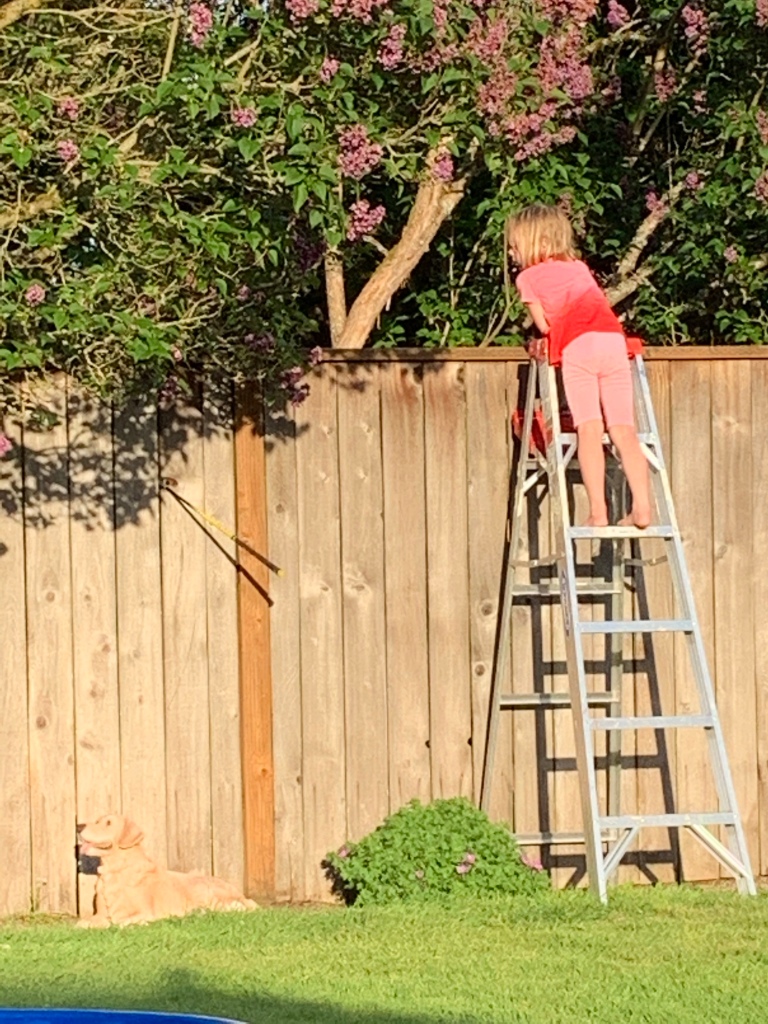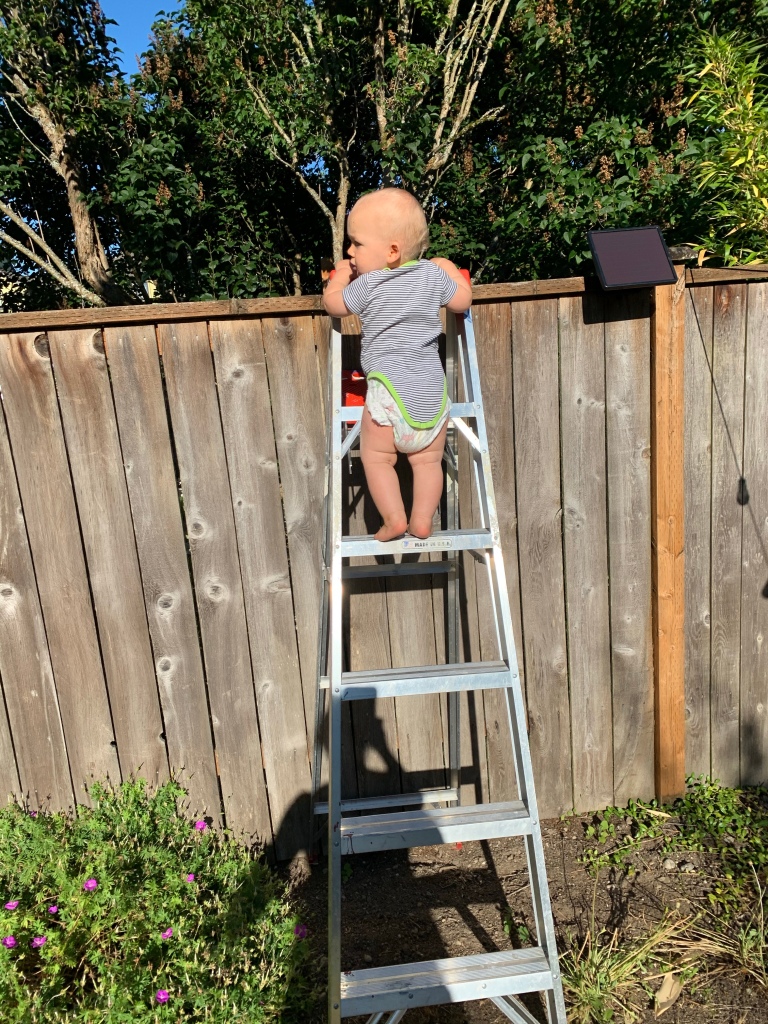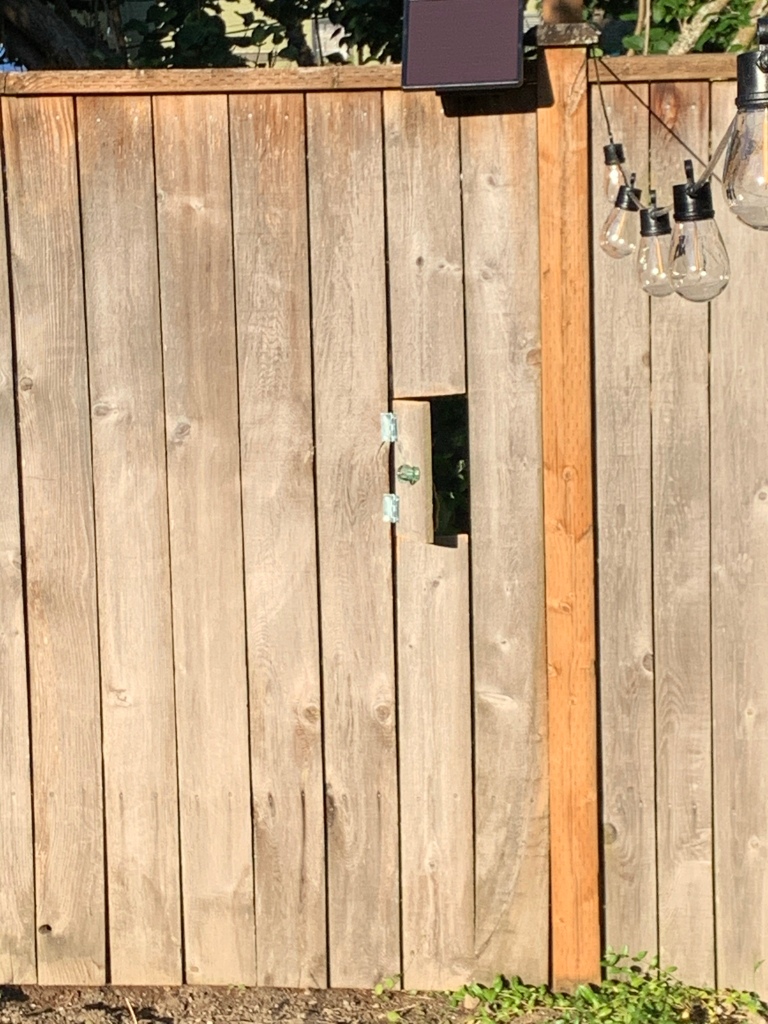“Your imagination is a preview of life’s coming attractions.” – Albert Einstein
My toddler told me the other day that he wanted Mac ‘n cheese for dinner. As I was boiling the water, he discovered that he liked the food I already had on the table. He turned to me and said, “I changed mine mind.”
I was amused, not expecting such introspection and courtesy from a two-year-old. But of course, kids are constantly changing their minds. They like playing with dolls until they don’t. It’s fine to carry a lovey with you everywhere – until it isn’t.
I recently heard a fascinating podcast from Ten Percent Happier with Dr. Alison Gopnik, a psychologist at UC Berkeley and expert on cognitive development. She explained why it is that babies can change their mind – because their neural pathways are much less grooved than those of adults. In an analogy she gave, she said kid’s neural pathways are a lot like the streets of old Paris, with winding, interconnected little streets. By contrast with adults, our brains look like wider, efficient boulevards that can hold much more traffic that can go faster. The result is as Dr. Gopnik said, “Young brains are also much more plastic and flexible – they change much more easily.”
She also introduced me to the idea of the local optimum, a concept from AI (artificial intelligence). It describes a situation where you can’t really tune it because any small change would make it worse, but a big change might make it better. In her words:
“One of the challenges for intelligence is how do we kick ourselves out of these local optima when we’ve become really practiced and good at doing one particular thing for example, it becomes very easy and natural to think that’s the thing to do. And just doing something that we’re not good at, doing something really different than the things we do every day can be the sort of thing that will kick you out of that local optimum and give you a sense of other alternatives.”
What We Can Learn about Happiness from Babies Podcast with Alison Gopnik
This makes me think of the example provided by the podcast host, Dan Harris. He was a journalist for ABC News for many years. After experiencing an on-air panic attack in 2004, Dan turned to meditation. After practicing for many years and continuing his day job as a weekend anchor for GMA, he wrote the book 10 Percent Happier, published in 2014.
Still working for ABC News, he started a mindfulness company and published podcast content about meditation and mindfulness. Finally in the fall of 2021, he negotiated out of his contract with ABC News to focus on his life passion: bringing meditation and mindfulness to anyone interested.
Dan Harris is a parent of a 7-year-old son. I assume that part of his slow transition is providing that solid base for his family life. But I’m so heartened to see a live example of how grown-ups can make big changes, even slowly, while raising a young family.
My son really meant it when he “changed mine mind” the other night. He no longer wanted mac ‘n cheese. Hanging around with kids, traveling, meditation are all examples provided by Dr. Gopnik of ways that grown-ups can change their minds. I can confirm that my kids help me come unstuck and imagine life from different angles every day and that, as Albert Einstein says in the quote above, widens my view of life ahead.












